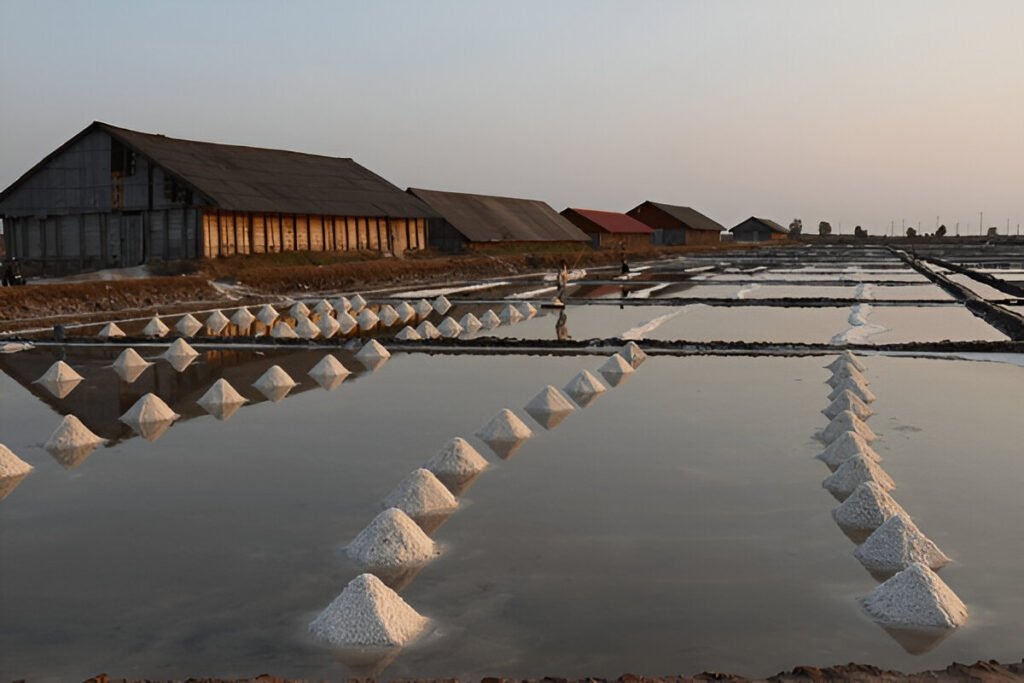Introduction:
Nestled in the bustling city of Chengdu, in the heartland of China, lies a serene and spiritual oasis known as Qingyang Palace. As one of the oldest and most revered Taoist temples in the country, Qingyang Palace acts as both a beacon of tranquility and a repository of rich Chinese history and culture. This majestic Taoist temple is an absolute must-see for anyone visiting Chengdu, offering visitors a unique glimpse into the mystical world of Taoism.
Unveiling Qingyang Palace: The Heart of Taoism in Chengdu
Qingyang Palace, translated as the Palace of the Green Goat, is believed to have been built during the Zhou Dynasty, making it over two thousand years old. The temple complex features a variety of traditional Chinese architecture, with ornate carvings and statues adorning its gates and halls. The most iconic structure within the temple is the Eight Trigrams Pavilion, a grand octagonal structure representing the Taoist belief in the balance of yin and yang. This majestic pavilion, with its gleaming golden goats and intricate woodwork, encapsulates the essence of Qingyang Palace.
Beyond its striking architecture, Qingyang Palace is a living testament to the enduring influence of Taoism in Chinese society. Every aspect of the temple, from its layout to its decorations, is steeped in Taoist symbolism, providing a profound insight into this ancient philosophy. The Sacred Collection Pavilion houses a rich collection of Taoist scriptures, including the "Daozang", a key text in Taoist literature. The tranquil atmosphere of the temple, punctuated by the soft chants of Taoist priests, further enhances the spiritual experience.
The Mystical Journey through Qingyang Palace: An Inspirational Experience
A visit to Qingyang Palace is not just a sightseeing tour, but a spiritual journey through the heart of Taoism. As you wander through the temple’s tranquil courtyards, you can’t help but feel a sense of peace and serenity washing over you. You may also have the opportunity to observe Taoist rituals and ceremonies, which provide a fascinating insight into this ancient spiritual practice.
The inspirational experience continues as you delve deeper into the temple complex, discovering hidden treasures like the Hall of the Three Purities and the Sanqing Hall. These halls house statues of various Taoist deities, each with its own unique story and symbolism. The meticulous craftsmanship and the rich symbolism behind each statue are a testament to the profound influence of Taoism in Chinese culture.
As you conclude your journey through Qingyang Palace, you may choose to participate in a traditional tea ceremony in the temple’s tea house. This age-old tradition allows you to immerse yourself in Chinese culture while enjoying the calming benefits of tea. As you sip on your tea and reflect on your experience, you’ll undoubtedly leave Qingyang Palace with a newfound appreciation for Taoism and Chinese culture.
Conclusion:
Whether you’re a spiritual seeker, a history buff, or a culture enthusiast, Qingyang Palace offers a rich and rewarding experience. This ancient Taoist temple, with its serene atmosphere and profound symbolism, offers a respite from the hustle and bustle of modern city life. We highly recommend adding Qingyang Palace to your Chengdu itinerary and experiencing the beauty and tranquility of this spiritual haven for yourself. As you step out of the temple and back into the busy city streets, you’ll undoubtedly carry with you a piece of the peace and wisdom that Qingyang Palace embodies.






